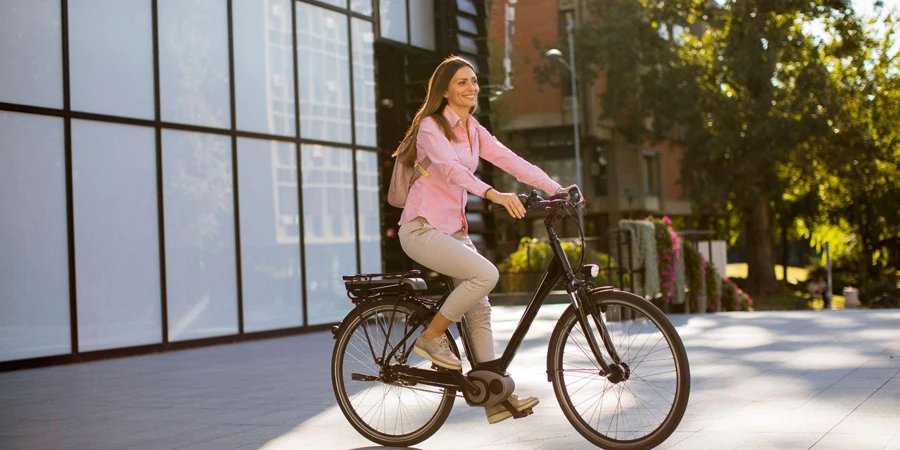Table of Contents
– Introduction
– Market Overview
– Key Technology and Design Innovations
– Top-Selling Models Driving Market Trends
– Conclusion
Introduction
As we step into 2024, the world of hybrid bikes is undergoing a remarkable transformation. With cutting-edge technologies and innovative designs, these versatile two-wheelers are revolutionizing the way people commute, exercise, and explore their surroundings. In this article, we delve into the latest trends that are shaping the hybrid bike market, providing insights for cycling enthusiasts and industry professionals alike.
Market Overview
The global hybrid bike market is experiencing significant growth, with a projected CAGR of 6.2% from 2022 to 2029. In 2024, the market size is estimated to reach USD 18.5 billion, driven by increasing demand for eco-friendly transportation and the growing popularity of cycling as a fitness activity. Key players such as Trek, Giant, and Specialized are leading the charge, capturing substantial market shares with their innovative offerings.
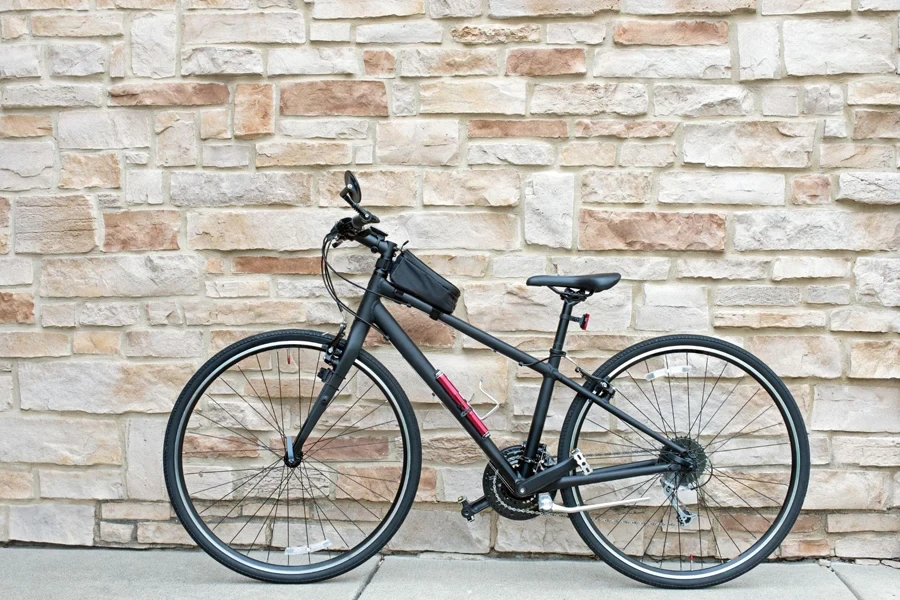
According to a study by Persistence Market Research, hybrid bikes are predicted to have a 40% global market share by 2024 as new cyclists emerge in large numbers. The global bicycle market is expected to grow by up to 38% by 2024, with the Asia Pacific region leading the charge, followed by Europe and North America. Europe’s hybrid bicycles market is estimated to cross USD 4.3 billion by 2032, driven by supportive government policies, subsidies, and incentives for cycling.
Key Technology and Design Innovations
Lightweight Carbon Fiber Frames
One of the most notable advancements in hybrid bike technology is the widespread adoption of carbon fiber frames. These lightweight yet sturdy frames offer superior strength-to-weight ratios, enhancing the overall performance and efficiency of hybrid bikes. In 2024, carbon fiber frames are expected to trickle down from high-end models to mid-range hybrid bikes, making this advanced material more accessible to a wider range of cyclists.
Manufacturers are pushing the boundaries of design, creating sleek and aerodynamic frames with optimized tube shapes and layups that not only look stunning but also provide a smooth, responsive, and efficient riding experience. The properties of carbon fiber allow for greater vibration damping compared to aluminum, resulting in a more comfortable ride, especially on longer journeys or rougher roads.
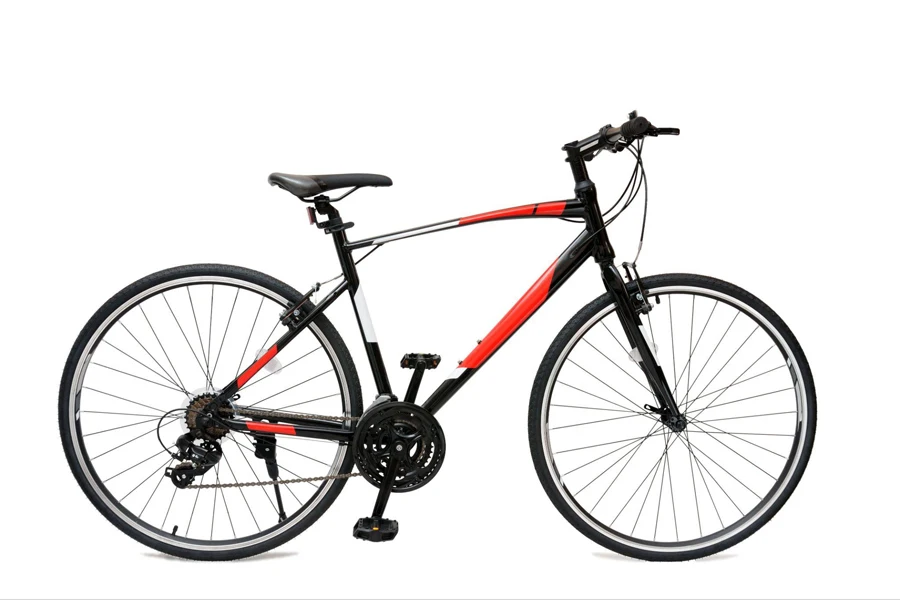
Electronic Shifting Becomes More Accessible
Wider adoption of electronic shifting at lower price points is a significant trend in hybrid bikes for 2024. Electronic drivetrains, such as Shimano Di2 and SRAM eTap, offer precise, smooth, and reliable shifting performance, even under load or in challenging conditions. However, this technology has traditionally been limited to high-end bikes due to its expensive nature.
In 2024, major brands like SRAM and Shimano are expected to introduce more affordable electronic shifting options for their hybrid bike groupsets, bringing this technology within reach of a larger consumer base. Additionally, newer competitors are entering the market with lower-cost electronic shifting systems, further driving down prices and increasing accessibility. This trickle-down effect will allow more hybrid bike riders to enjoy the benefits of electronic shifting, such as reduced maintenance, improved shifting accuracy, and the ability to customize shifting behavior through smartphone apps.
Belt Drives and Internally Geared Hubs Gain Popularity
Hybrid bikes are expected to see an increased use of belt drives instead of traditional chains, often paired with internally geared hubs. Belt drives, made from durable materials like reinforced carbon fiber, offer several advantages over metal chains. They provide a clean, quiet, and low-maintenance drivetrain solution that is particularly well-suited to commuter and city hybrid bikes. Belt drives require no lubrication, which means no grease or oil to stain clothing or attract dirt, and they are highly resistant to rust and corrosion.
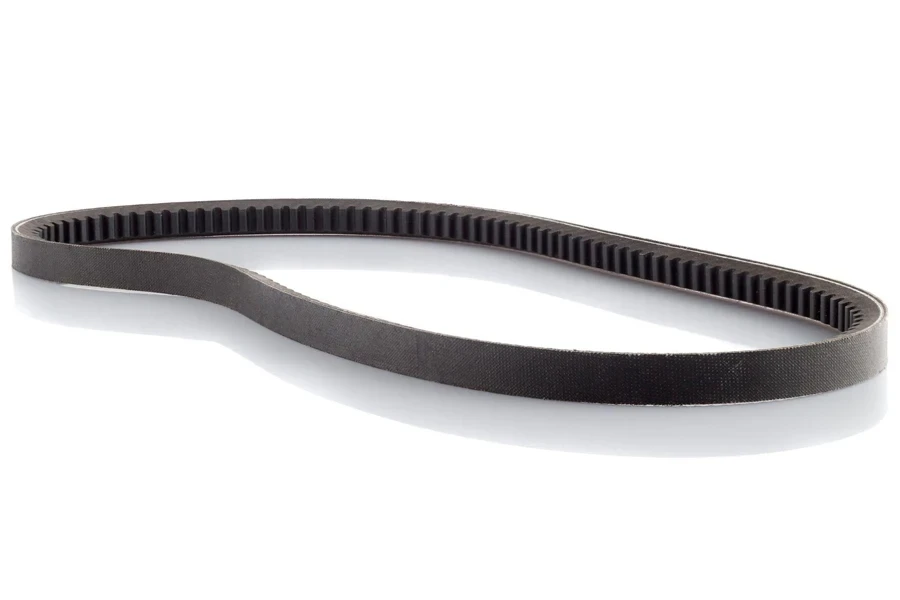
The absence of metal-on-metal contact also results in a smoother, more efficient power transfer and longer lifespan compared to chains. Internally geared hubs, which house the gearing mechanism inside the rear hub, complement belt drives by offering a wide range of gears without the need for external derailleurs. As belt drive technology becomes more affordable and internally geared hub designs become more compact and lightweight, a growing number of hybrid bike models will offer this combination as an alternative to traditional chain-driven drivetrains.
Integrated Battery Systems
Electric hybrid bikes, or e-bikes, are gaining immense popularity, and 2024 sees a significant leap forward in battery technology. Manufacturers are focusing on integrating batteries seamlessly into the frame design, offering improved aesthetics and aerodynamics. This integration not only results in a cleaner, more streamlined appearance but also enhances the overall balance and handling of the e-bike by centralizing the weight distribution. Advanced lithium-ion batteries with higher energy densities are being employed, enabling increased capacities without adding bulk.
These batteries boast faster charging times, allowing riders to spend more time on the road and less time tethered to a power outlet. Some models even support rapid charging, providing a substantial range boost in just a short charging session. Moreover, smart battery management systems optimize power delivery, ensuring efficient performance throughout the ride. These systems monitor factors like pedaling input, terrain, and battery level to intelligently allocate power assistance, maximizing range and prolonging battery life.
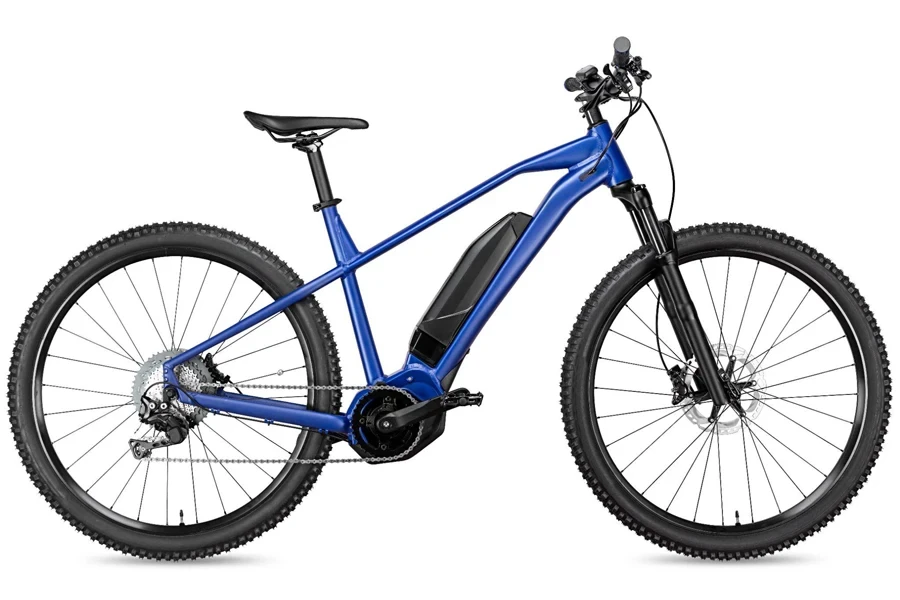
Advanced Suspension Technology
Hybrid bikes are known for their versatility, and advanced suspension technology takes this to new heights. In 2024, we see the integration of high-end suspension forks and seatposts that absorb shocks and vibrations, providing a more comfortable and controlled ride on various terrains. Adjustable suspension settings allow riders to fine-tune their bikes to their preferences, whether they’re navigating city streets or exploring off-road trails.
Smart Connectivity Features
The integration of smart technology is another game-changer in the hybrid bike market. Bikes now come equipped with built-in sensors, GPS, and Bluetooth connectivity, enabling riders to track their performance, navigate routes, and even lock/unlock their bikes using smartphone apps. These smart features enhance the overall cycling experience, making it more interactive, secure, and enjoyable.
Top-Selling Models Driving Market Trends
Trek Dual Sport+
The Trek Dual Sport+ is a standout model that epitomizes the best of hybrid bike technology. With its sleek carbon fiber frame, powerful Bosch Performance Line CX motor, and integrated battery, this e-bike offers unparalleled performance and style. The RockShox suspension fork and tubeless-ready tires provide excellent traction and comfort on various surfaces, making it a versatile choice for commuters and adventurers alike.
Cannondale Quick Neo SL 2
Cannondale’s Quick Neo SL 2 is another top-selling hybrid bike that sets the standard for lightweight e-bikes. Weighing in at just 15.5 kg, this bike features a carbon fiber frame, a Mahle X35+ motor, and an integrated battery that delivers a range of up to 75 km. The Shimano Deore 10-speed drivetrain and hydraulic disc brakes ensure precise shifting and reliable stopping power, making it a joy to ride in urban environments.
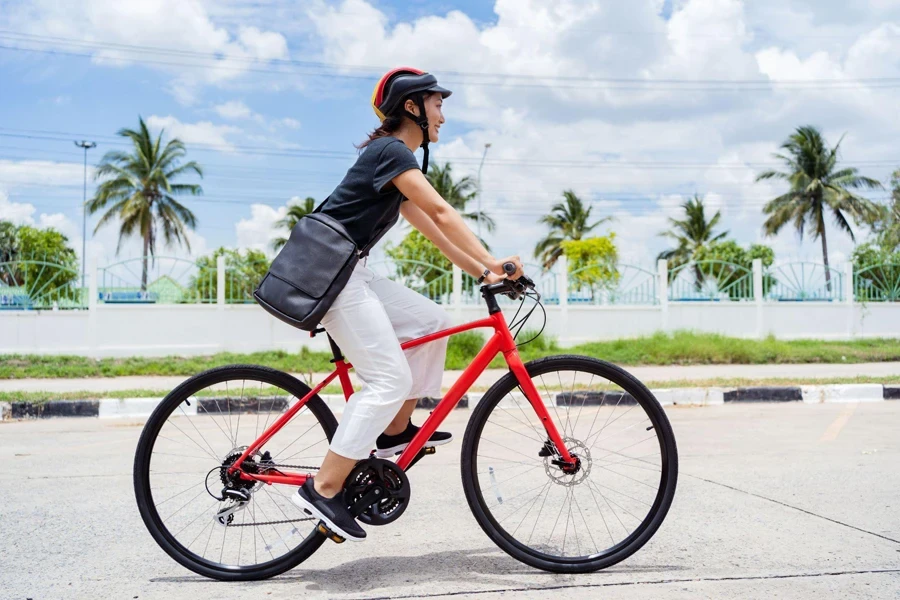
Specialized Sirrus X 4.0
The Specialized Sirrus X 4.0 is a hybrid bike that excels in both performance and versatility. With its lightweight aluminum frame, Future Shock 1.5 suspension system, and wide 38mm tires, this bike is ready to tackle any terrain. The Shimano GRX 400 groupset provides smooth and reliable shifting, while the hydraulic disc brakes offer confident stopping power in all conditions. Whether commuting to work or exploring gravel paths, the Sirrus X 4.0 is a top choice for riders seeking a do-it-all hybrid bike.
Giant Escape RX-E+
Giant’s Escape RX-E+ is a sleek and powerful e-bike that combines the best of hybrid and electric bike technologies. Equipped with a SyncDrive Core motor and an integrated EnergyPak battery, this bike delivers smooth and responsive assistance up to 25 km/h. The ALUXX aluminum frame, hydraulic disc brakes, and wide 45mm tires provide a stable and comfortable ride, making it ideal for daily commutes and leisurely rides.
Conclusion
The hybrid bike market in 2024 is a testament to the incredible advancements in cycling technology and design. These new bikes are redefining what it means to ride a hybrid. With top-selling models, riders have a wide array of options to choose from, each offering unique features and benefits. As the demand for eco-friendly and efficient transportation continues to grow, hybrid bikes are poised to play a significant role in shaping the future of cycling. Please hit the “Subscribe” button to check more articles related to your business and interests in sports.
